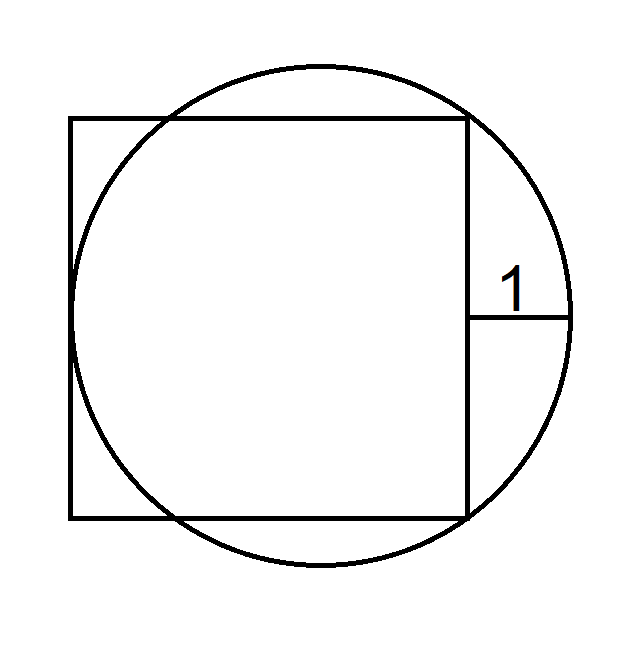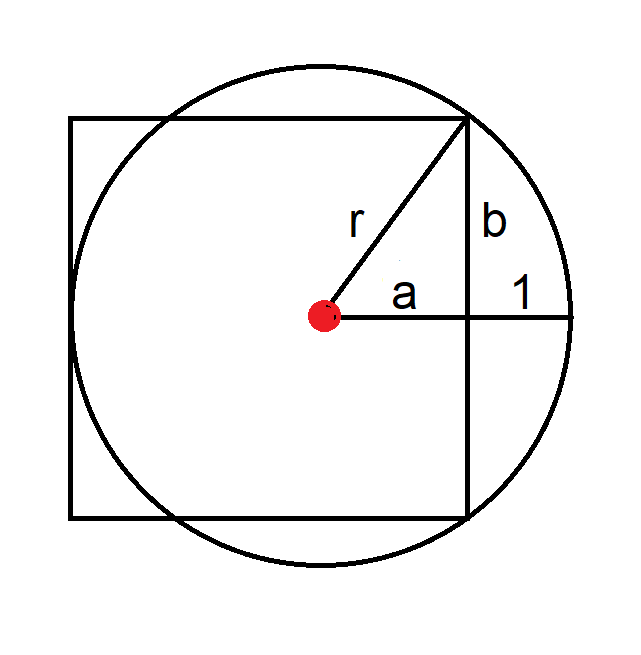Ask The Wizard #375
Consumer Reports makes the argument that the consumer will save money on tires if he rotates them. Their argument is that on a front-wheel drive car, which most of them are, a tire will last about 20,000 miles and rear tires last about 60,000. They say if tires are frequently rotated, they last about 40,000 miles.
That said, if one driver doesn't rotate his tires, over 120,000 miles he can expect to go through six pairs of front tires and two pairs of rear tires, for a total of 2×(2+6)=16 tires. Meanwhile, another driver rotates his tires, he will go through three sets of four tires, for a total of 12 tires.
Something seems fishy here. Isn't the total friction on the tires the same per mile, regardless of whether they are rotated or not? I don't deny the safety benefits of rotating tires, but why would tires magically wear down slower if rotated?
Good question. I agree with your math, based on the assumptions provided by Consumer Reports. However, I do not agree with their assumptions. It looks like they were lazy and took the average lifespan of the front and rear tires in creating the lifespan for a rotated tire.
To illustrate, consider a driver who starts with four new tires. He then switches the front and back tires after 15,000 miles. Before switching, the front tires would have worn down 75% and the back tires 25%. After switching, the front tires will have 75% of tread left and the 25% on the rear. He then drives another 15,000 miles. Again, the front tires will wear down 75% relative to a new tire and the rear 25%. That will leave both with zero tread at the same after after 30,000 miles. Not 40,000, as Consumer Reports claims.
To get the correct lifespan by rotating, one should take the average of the tread wear. In this case we average 1/20,000 and 1/60,000 to get 1/30,000. Then take the inverse of that average wear per mile to get the longevity of rotated tires, which is 30,000. Or you can use the formula 2*F*R/(F+R), where F = lifespan of front tire and R = lifespan of rear tire.
This question is asked and discussed in my forum at Wizard of Vegas.
We know there are combin(52,5)=2,598,960 possible combinations of five cards out of 52. My question is how many possible five-card hands are possible from a five-deck shoe?
Let's take this one type of hand at a time.
- Five of the same card: There are 52 different cards in a deck, for 52 combinations.
- Four of the same card: There are 52 possible cards for the four that are the same and 51 for the singleton. So, there are 52*51 = 2,652 possible combinations for a four of a kind.
- Three of the same card and two of another card: There are 52 possible cards for the three that are the same and 51 for the pair. So, there are 52*51 = 2,652 possible combinations for a full house.
- Three of the same card and two different singletons : There are 52 possible cards for the three that are the same and combin(51,2)=1,275 for the two singletons. So, there are 52*1,275 = 66,300 possible combinations for a three of a kind.
- Two pairs of the same card and one singleton : There are combin(52,2)=1,326 combinations for the two different cards that form pairs. Then there are 50 left for the singleton. So, there are 1,326*50=66,300 possible combinations for a two pair.
- One pair of the same card and three singletons: There are 52 possible cards for the pair. Then there are combin(51,3)=20,825 ways to choose 3 cards out of the 51 left for the singletons. So, the number of combinations for a pair is 52*20,825 = 1,082,900.
- Five singletons: There are combin(52,5)=2,598,960 ways to choose five cards out of 52.
The sum of all these combinations is 3,819,816.
This question is asked and discussed in my forum at Wizard of Vegas.
Consider the following diagram with a square and a circle?

What is the area of the square?
For my solution, consider the following diagram.

Here is my solution (PDF).
This question is asked and discussed in my forum at Wizard of Vegas.




